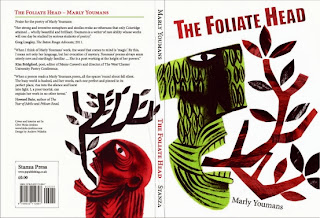Before long I'll be abandoning my family in Cooperstown for a little while, visiting classes taught by Jeremy L. C. Jones at Wofford College, doing a reading, and visiting my mother. It should be pleasant, if I can ever get through that annoying
To Do list and leave . . .
In stray moments I'm reading
Abandoned Quarry: New and Selected Poems (Mercer University Press, 2010) by
John Lane, who teaches at Wofford. Also an essayist, he teaches Southern literature, Environmental Studies, and more.
The poems draw on thirty years of publishing books and chapbooks.
Here's a sample:
SYCAMORE
Praise the sycamore for its huge girth when left alone,
so thick that settlers used its hollow heart for a barn.
For the beauty of the buttonwood lies in the trunk.
Praise for these trunks more thick and sturdy than all other deciduous trees,
a true forest giant of stream sides, flood plains and river bottoms,
for dark spaces where swifts congregate and fly out at dawn.
Praise for sycamore bark, flaking off in big green patches on old trunks,
for the wood, clay-yellow and warty, furrowed, bone-like,
and yes, for the leaves, bright green and huge, paler below.
Praise for what we've made from them: oxcart wheels, barber poles,
old stereoscopes, lard pails, hogshead for grain,
piano and organ cases, crates, boxes, and butcher blocks.
Praise for the Carolina Parakeet, now gone, our only true parrot,
and for their yearly feasts on sycamore buttons in spring when
clouds with wings passed through so thick the sun was obscured.
And praise for the cooling depth of the sycamore's shade, for the rich
deep bottom lands where the field guides say it still "takes happy rest,"
for the streams running past and the sycamore leaves floating there.















